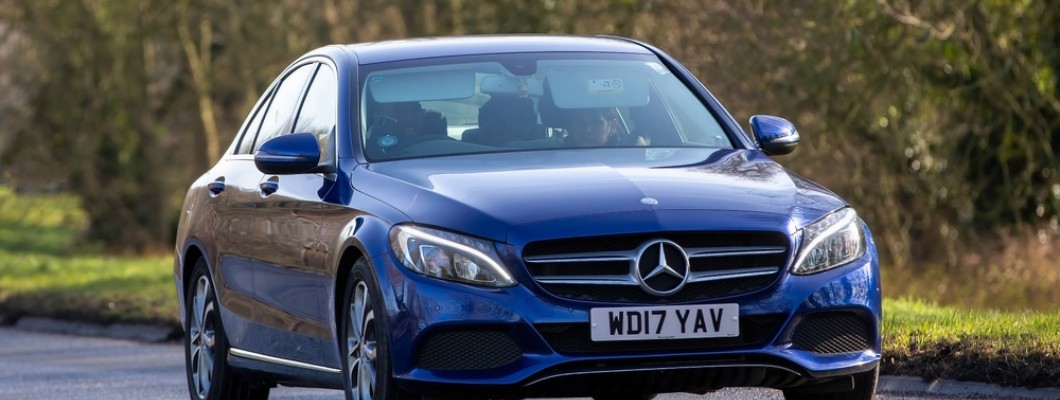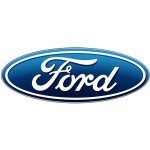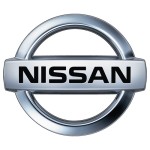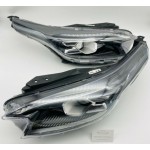
The Mercedes-Benz A-Class, a compact car that has become a symbol of luxury, innovation, and practicality, has undergone a remarkable transformation since its inception. From its unconventional beginnings to its current status as a leader in the premium compact segment, the A-Class has consistently pushed boundaries and set new standards. Here is a detailed history of the Mercedes-Benz A-Class.
The Birth of the A-Class: First Generation (1997–2004)
The first-generation Mercedes-Benz A-Class, codenamed W168, was unveiled in 1997. This model marked a significant departure for Mercedes-Benz, which had traditionally been associated with large, luxurious sedans and coupes. The W168 was a compact, front-wheel-drive hatchback, aimed at appealing to a younger, urban demographic.
Innovative Design
One of the most striking features of the W168 was its innovative "sandwich" floor design. This unique structure placed the engine and transmission partially beneath the passenger compartment, allowing for a high seating position, improved crash protection, and more interior space. This design also contributed to the car's distinctive tall and narrow profile, which maximised interior room while maintaining a compact exterior footprint.
Safety and Technology
The W168 was notable for its advanced safety features, including the revolutionary Electronic Stability Program (ESP) and Anti-lock Braking System (ABS). These technologies, typically found in higher-end models, underscored Mercedes-Benz's commitment to safety, even in its compact offerings. Despite an early setback with the infamous "elk test" incident, where the A-Class initially failed a moose avoidance manoeuvre, Mercedes-Benz quickly addressed the issue by revising the suspension and adding ESP as standard equipment, solidifying the car's reputation for safety.
The Evolution: Second Generation (W169; 2004–2012)
The second-generation A-Class, codenamed W169, was launched in 2004. This model built upon the innovative design of its predecessor while addressing some of the criticisms related to the W168's handling and aesthetics.
Refined Design and Improved Dynamics
The W169 retained the "sandwich" floor concept but featured a more refined and conventional design. The exterior was sleeker and more aerodynamic, while the interior received significant upgrades in terms of materials and ergonomics. The W169 also offered improved handling and ride comfort, thanks to a revised suspension setup and a more rigid chassis.
Expanded Lineup
The W169 introduced a wider range of body styles, including a three-door variant alongside the traditional five-door hatchback. This expansion aimed to attract a broader audience and provide more versatility within the A-Class lineup.
The Transformation: Third Generation (W176; 2012–2018)
The third-generation A-Class, codenamed W176, marked a radical departure from its predecessors. Unveiled in 2012, this model abandoned the "sandwich" floor design in favour of a more conventional hatchback layout, aligning the A-Class with contemporary compact car trends.
Sporty and Dynamic Design
The W176 featured a completely new, sporty design with a lower, wider stance and a more aggressive appearance. This shift in design language aimed to appeal to younger buyers and those seeking a more dynamic driving experience. The interior also saw significant improvements, with a focus on high-quality materials, advanced technology, and a more premium feel.
Performance and Technology
The W176 was offered with a range of powerful and efficient engines, including turbocharged petrol and diesel options. The introduction of the high-performance A 45 AMG variant, with its turbocharged 2.0-litre engine producing over 350 horsepower, showcased Mercedes-Benz's commitment to performance within the compact segment. The W176 also featured advanced driver assistance systems, including adaptive cruise control, lane-keeping assist, and collision prevention assist, further enhancing its appeal.
The Modern Era: Fourth Generation (W177; 2018–Present)
The fourth-generation A-Class, codenamed W177, was launched in 2018 and represents the pinnacle of the A-Class evolution. This model continues the trend of sporty design and advanced technology while introducing new levels of luxury and innovation.
Sleek Design and Luxurious Interior
The W177 features a sleek and contemporary design, with sharp lines, a bold front grille, and a streamlined profile. The interior is where the W177 truly shines, with a modern and luxurious cabin that rivals much larger and more expensive vehicles. The highlight is the dual-screen setup, featuring the MBUX (Mercedes-Benz User Experience) infotainment system. This system includes a fully digital instrument cluster and a large central touchscreen, offering intuitive controls, advanced connectivity, and voice-activated assistance.
Cutting-Edge Technology
The W177 A-Class is packed with cutting-edge technology, including semi-autonomous driving capabilities, advanced safety features, and a host of driver assistance systems. The car's interior quality, infotainment options, and connectivity features set new standards in the compact segment.
Performance and Efficiency
The W177 offers a range of efficient and powerful engines, including mild hybrid options that provide enhanced performance and reduced emissions. The high-performance AMG variants continue to push the boundaries of what a compact car can achieve, delivering thrilling driving experiences.
The Impact of the A-Class
The Mercedes-Benz A-Class has had a profound impact on the automotive industry. It has expanded the reach of the Mercedes-Benz brand, attracting younger buyers and those seeking a blend of luxury, technology, and practicality in a compact package. The A-Class has also set new benchmarks for safety, innovation, and performance within its segment.
In conclusion, the history of the Mercedes-Benz A-Class is a story of transformation and innovation. From its unconventional beginnings with the W168 to its current status as a leader in the premium compact segment, the A-Class has continually evolved to meet the changing needs and preferences of drivers. With each generation, Mercedes-Benz has pushed the boundaries of design, technology, and performance, ensuring that the A-Class remains a beloved and iconic model in its lineup.





























Leave a Comment